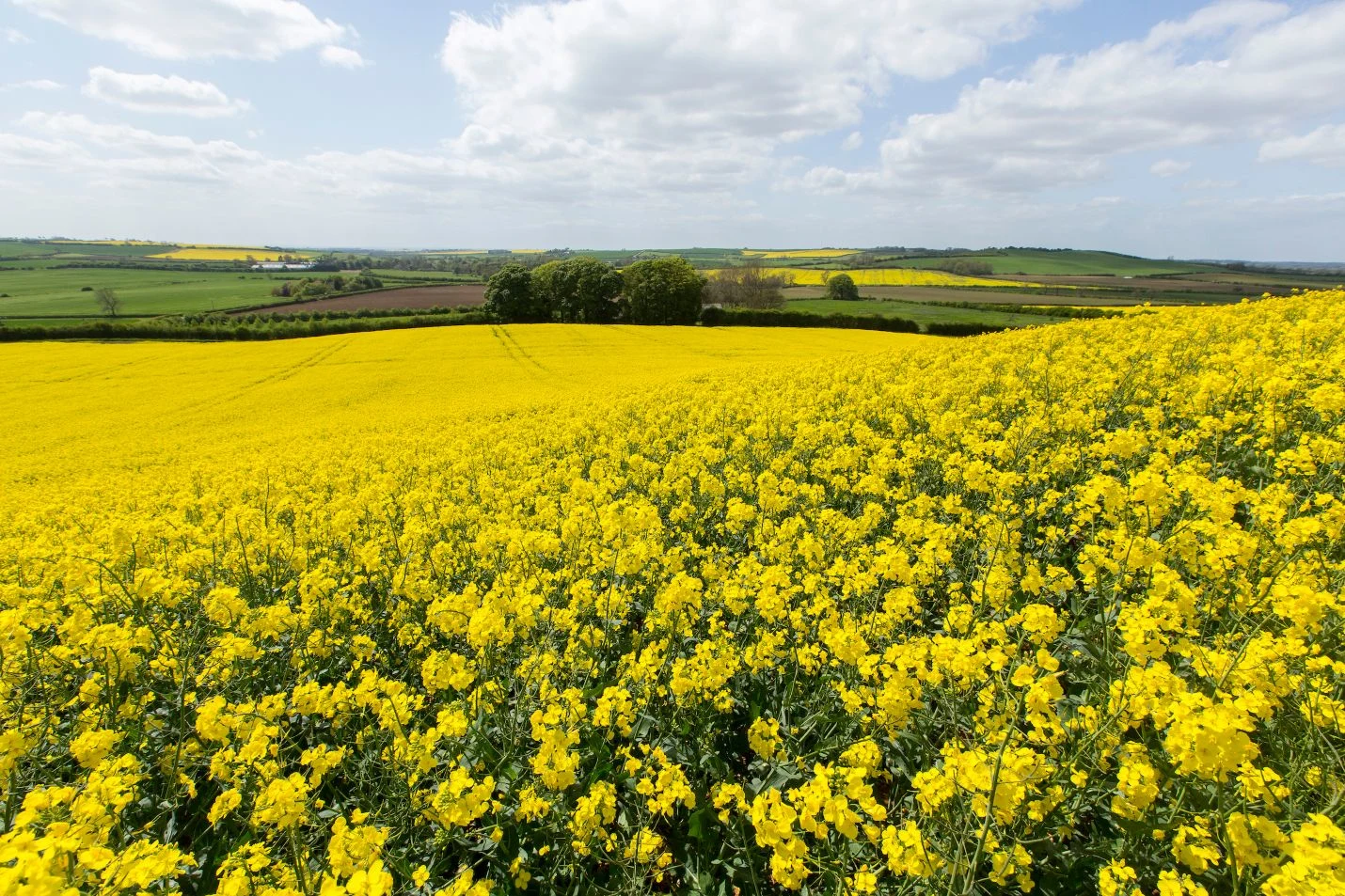
HOLL Oilseed Rape
HOLL (High Oleic, Low Linolenic) oilseed rape produces a healthier oil with a low saturated fat level, no trans fats, and natural vitamin E — perfect for today’s food industry.

Making the difference in your fields.
At the forefront of hybrid oilseed rape breeding for more than two decades, DEKALB® continues to deliver high performance hybrid oilseed rape for UK farms.
Today, with precision breeding and advanced agronomics, we’re developing robust genetics and hybrid varieties ready for today’s challenges and tomorrow’s demands.

HOLL (High Oleic, Low Linolenic) oilseed rape produces a healthier oil with a low saturated fat level, no trans fats, and natural vitamin E — perfect for today’s food industry.
DEKALB maize varieties are designed to deliver dependable performance - whether you're feeding livestock or producing biogas.
We focus on breeding hybrids that are high-yielding, resilient, and consistent. By combining advanced tools like DNA technology, AI, and diverse genetics, we are developing maize varieties that work harder in the field.

